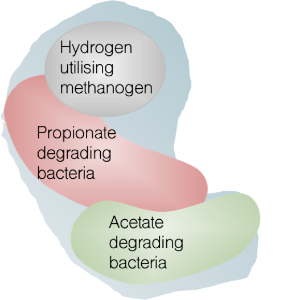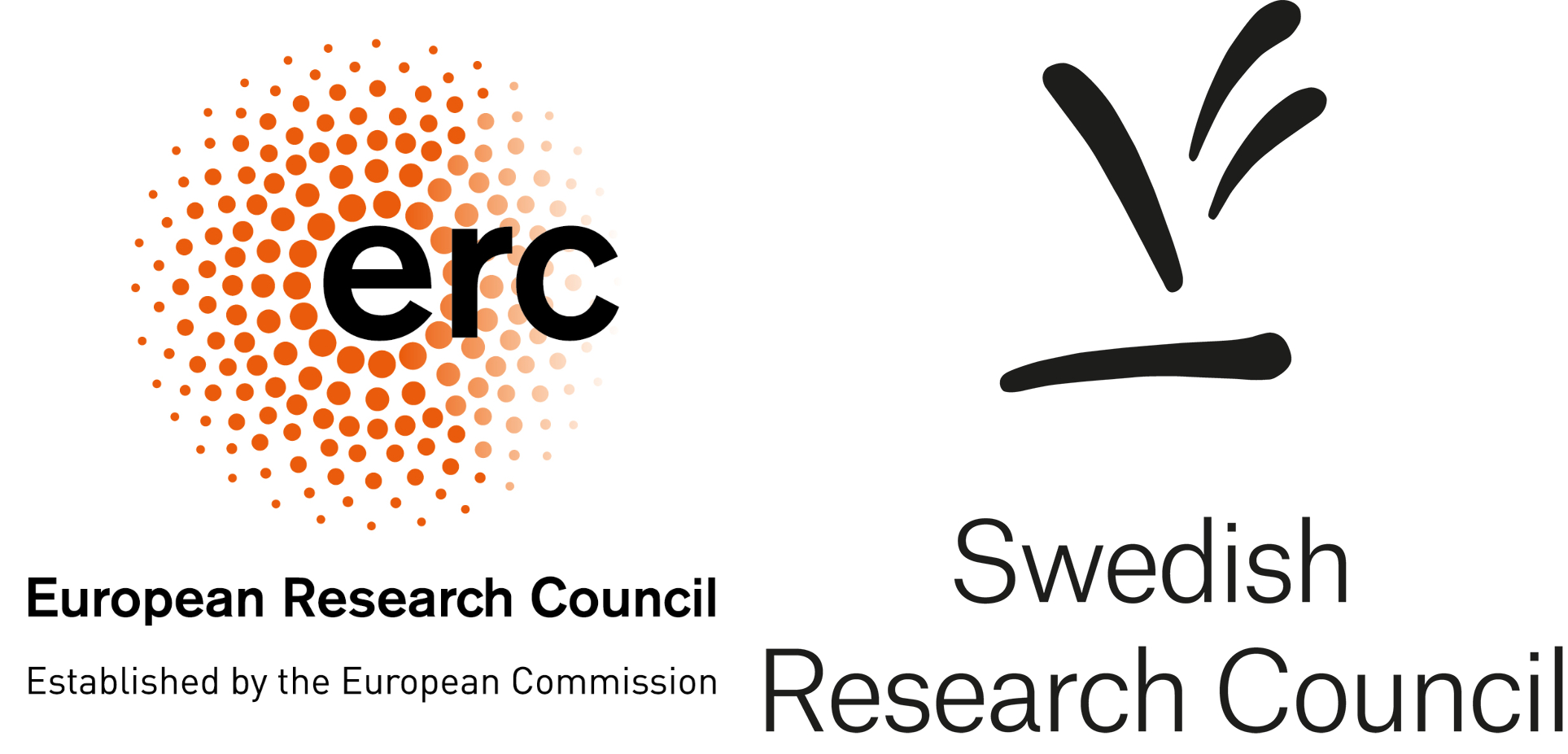Facts:
At SLU we work with the whole biogas chain. An unique feature for our research is that we answer questions about both energy generation and waste treatment. We have our own biogas plant as well as top modern laboratories.

The aim of the syntrophic aggregation (SYNAG) project is to improve acid degradation in biogas processes by bringing cooperating (syntrophic) microorganisms into close proximity in multicellular aggregates. Aggregation has fundamental importance for syntrophic activity, and there is still much to learn in this area.
Biogas production tackles climate change, while addressing several major environmental goals, such as improved waste management and recycling of nutrients to arable land. Thousands of different microorganisms are involved in the production of biogas from organic material. Of particular importance is syntrophic (cross-feeding) microorganisms that cooperate to degrade acids. When these organisms are not operating at their full potential, accumulation of acids (e.g., acetate, propionate) can arise, causing instability and reduced yields in biogas processes.
Project SYNAG is working on multiple scales to understand microbial flocculation and cooperation. Miniature 3D-printed growth chambers, designed for anaerobic cultivations and produced in-house, can be used both for screening of flocculation-related factors as well as for in-depth and time-lapse studies using fluorescence microscopy.
Watch on Youtube: "AMBVIS - Microscopy time-lapse imaging of syntrophic acetate degrading communties".
In the slightly larger scale, serum bottles can be used for investigating interlinkage between acid degradation and cooperative behaviors. An automated system allows for continuous monitoring of flocculation behavior in serum bottles, data which can be linked to results from molecular analyses to evaluate the activity and underlying mechanisms.
Watch on Youtube: "Time-lapse video of syntrophic propionate degrading communities".
To test hypotheses and take the subsequent step towards applicable strategies, design-of-experiment approaches and multivariate analyses are utilized to evaluate the effects of conductive and supporting additive materials, floc formation, and environmental conditions to find paths towards optimal process performance.
In lab-scale reactors, long-term enrichment experiments are ongoing. These bioreactors serve both as a valuable source of microbial cultures as well as a means of hypothesis testing during the final stages of the project.
The methods outlined above will enable us to study the processes that underlie aggregate formation and evaluate how it is affected by various surrounding environmental factors. The long-term overarching goal of the project is to form a general model for aggregate development in syntrophic communities and to create a basis for novel process design that will support key microorganisms and improve the productivity in biogas processes.
Westerholm, Maria, Magdalena Calusinska, and Jan Dolfing. “Syntrophic Propionate-Oxidizing Bacteria in Methanogenic Systems.” FEMS Microbiology Reviews, December 7, 2021, fuab057. https://doi.org/10.1093/femsre/fuab057.
This project is supported by the European Research Council (ERC) with the Starting grant No. 948138 and the by Swedish Research Council (VR) with the grant No. 2019-03846
Project start: 1 March 2021 Project duration: 5 years

At SLU we work with the whole biogas chain. An unique feature for our research is that we answer questions about both energy generation and waste treatment. We have our own biogas plant as well as top modern laboratories.
Maria Westerholm Maria.Westerholm@slu.se
Associate professor, PhD
Swedish University of Agricultural Sciences
Department of Molecular Sciences